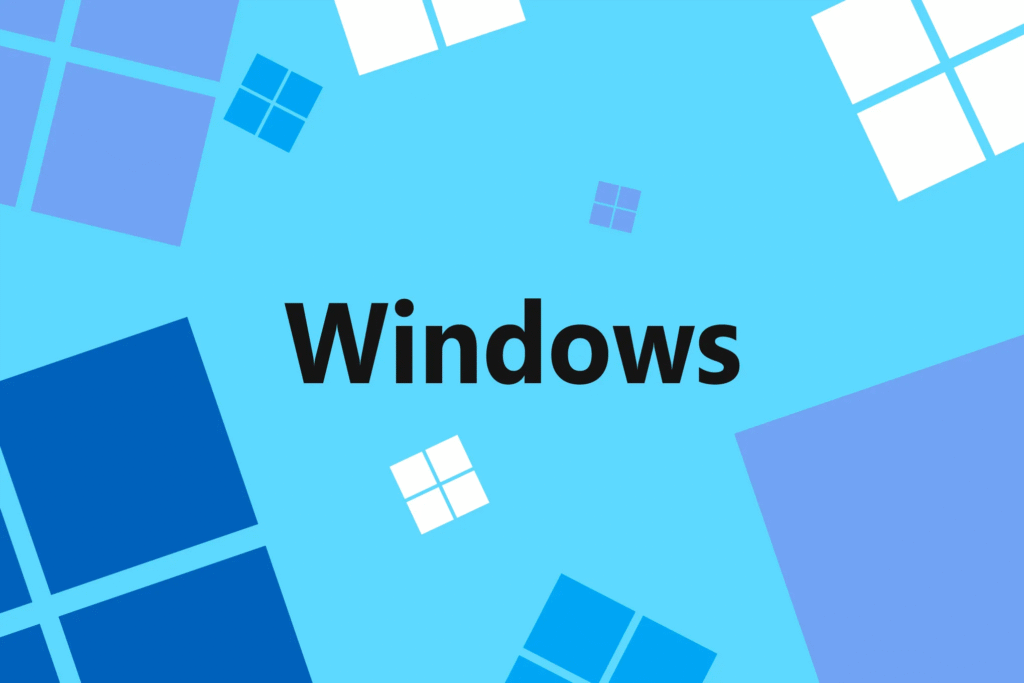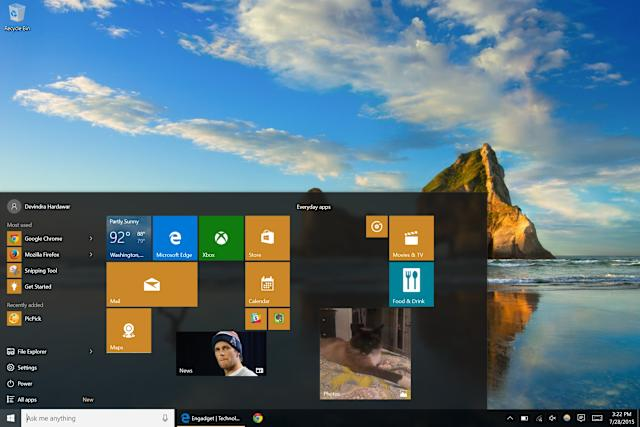Microsoft announced that consumers can enroll in free Extended Security Updates (ESU) for Windows 10 ahead of its October 14, 2025 end of support date . The company had planned to charge $30 per year, but is now adding a zero-dollar option for personal PCs. This move follows Microsoft’s call to make 2025 “the year of the Windows 11 PC refresh.”
The Catch: Windows Backup to OneDrive
To qualify for free Windows 10 ESU, users must activate Windows Backup. This feature uses OneDrive to sync settings and folders to the cloud. Windows Backup relies on OneDrive storage, so heavy local files in Documents may push past the free 5 GB limit. Users with larger backups will need to purchase additional OneDrive space. This requirement ties free security updates to cloud service usage.

Enrollment Paths and Wizard
In July, Microsoft will add an ESU enrollment wizard to Windows 10. Users will see three choices: pay $30 for a year of updates, spend 1,000 Microsoft Rewards points, or turn on Windows Backup for free ESU. Once a selection is made and on-screen steps are followed, the PC enrolls automatically. The free option will apply until October 13, 2026.
Business and Cloud PC Exemptions
Businesses can purchase up to three years of ESU beyond 2026. Microsoft will also provide free ESU for Windows 10 devices accessing Windows 11 Cloud PCs via Windows 365 or Virtual Machines. These exemptions aim to help enterprises and Cloud PC customers avoid security gaps during transitions.

Pressure to Upgrade
Windows 11 became the leading operating system for PC gaming late last year, yet 37 percent of Steam users still run Windows 10. Microsoft’s free ESU offer comes as the company works to persuade holdouts to migrate. Expect full-screen reminders and Windows Update banners to nudge users toward Windows 11 or new hardware before the cutoff.
Microsoft’s new ESU policy balances user concerns over upgrade costs with its push to move the PC base to Windows 11. The cloud backup requirement will test how many Windows 10 users will embrace OneDrive or opt to pay for continued protection on their old systems.





